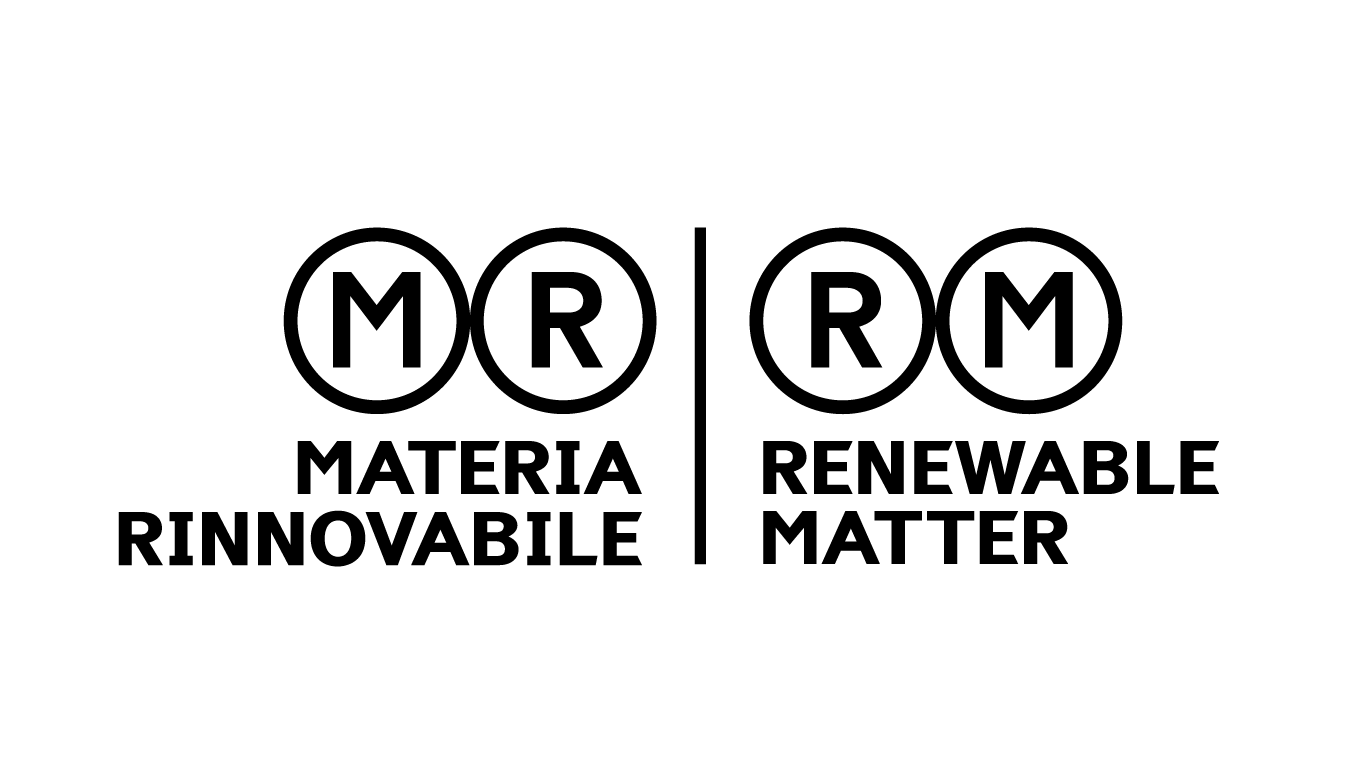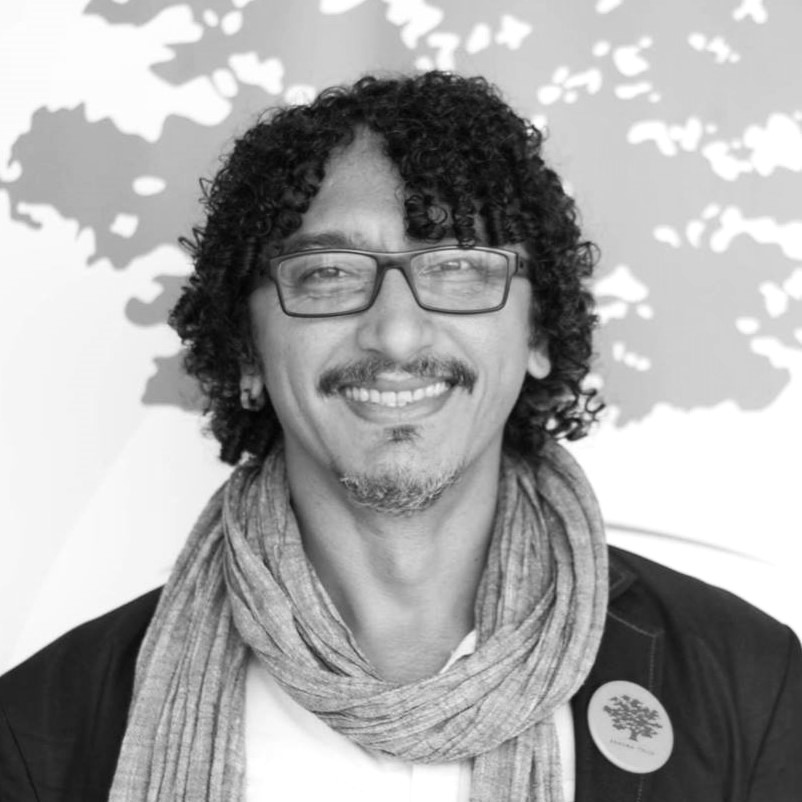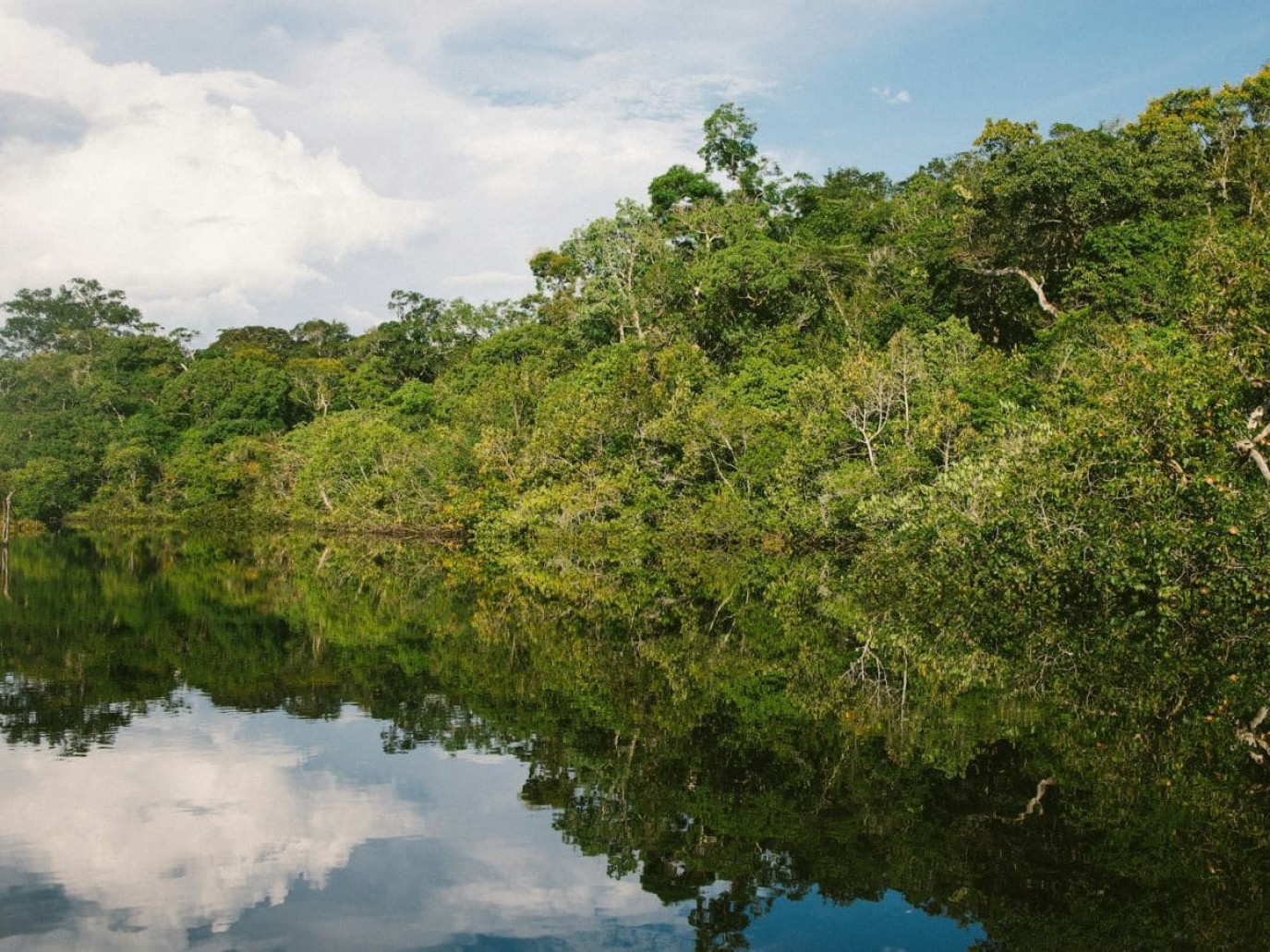
Within the global debate on the climate crisis, water represents a central paradox. According to experts, it is the element through which approximately 70% of the impacts of climate change manifest themselves – from devastating floods to prolonged droughts. And yet, it remains on the margins of international negotiations, seldom at the centre of the Conference of the Parties (COP) discussions.
In this scenario, the upcoming COP30 in Belém, Brazil, offers a unique opportunity to rethink the role of water in the global climate agenda and recognise it as a strategic lever for mitigation and adaptation actions.
An important step in this direction was taken during COP29 in Baku, Azerbaijan, in November 2024, with the adoption of the Declaration on Water for Climate Action. Initially signed by around 50 countries, the declaration aims to strengthen the presence of water in climate policies and encourage an integrated approach between water resource management and climate action.
One of the most significant outcomes of the declaration was the release of the Baku Dialogue on Water for Climate Action, a permanent platform aiming to ensure continuity between COPs by promoting cooperation and shared actions at the international, regional and basin levels. The multi-stakeholder platform, now bringing together 73 states and dozens of stakeholders to foster continuity and consistency on water-related climate action, held its first mid-term meeting during the Bonn 2025 Mid-Term Climate Change Conference.
In spite of this political progress, NGOs and think tanks, including the Stockholm International Water Institute (SIWI), point out that the shift remains incomplete. Adequate funding for water adaptation is lacking, as are specific water indicators in nationally determined contributions (NDCs), voluntary plans that individual countries submit in compliance with the Paris Climate Agreement, and greater cross-border coordination in river basin management.
On the eve of COP30, the question remains: what does it really mean to place water at the centre of climate policy? And which answers can Belém, in the heart of the Amazon, a region already experiencing first-hand the water crisis and the extreme effects of climate change, offer?
COP30, under the Brazilian presidency, will co-host the first meeting of The Baku Dialogue on Water and emphasise its work to fully recognise and translate water, as an essential component of both the adaptation and mitigation agendas, into climate action.
Building on this momentum, COP30 President Ambassador André Corrêa do Lago has launched an ambitious Global Agenda for Climate Action, reflecting the first global stocktake of climate action and including water management as a central pillar of its “barn of solutions”. The Agenda aims to showcase ambitious mitigation and adaptation activities currently underway. The COP30 is also the time when new national climate commitments are unveiled, and the so-called global water community is mobilising to show support for strengthened action on water within the NDCs, with the focus shifting from planning to implementation of plans.
The Brazilian paradox: water and climate, two sides of the same challenge
Brazil, the host country of COP30, possesses 12% of the planet's surface freshwater, but is also a prime example of contradictions in water resource management and use. On one side, it boasts a decentralised and participatory governance model established by the 1988 Constitution; on the other, in the Amazon itself – where about 70% of the country's water resources are located – millions of people do not have access to drinking water.
To understand these dynamics, we spoke with Ângelo Lima, biologist and executive secretary of Observatório das Águas, a network of 66 institutions engaged in promoting good water governance. “Holding COP30 in the Amazon is a cruel irony,” starts Lima. “The region that is home to the largest freshwater reservoir on the planet is also the site of a profound crisis of access and management. This disconnect between perceived abundance and daily reality exposes the inequalities and structural weaknesses of Brazilian water governance.”
For Lima, climate change is not an abstract concept, but manifests itself through water. "About 70% of climate impacts take the form of droughts or floods, and the main cause of both is the same: poor soil management," he explains. “In cities, land sealing and river canalisation exacerbate the damage; in rural areas, deforestation and the loss of conservation areas disrupt the water cycle.”
In his view, there is a profound disconnect between risk perception and political action. For years, the World Economic Forum has identified the water crisis and extreme weather events as major global risks, but this awareness has not yet translated into a central role for water in climate negotiations. “The issue is included in many debates – agriculture, cities, adaptation – but in a fragmented way. Water should have its own lane, as an integral part of the concept of water security,” he says.
Lima also draws attention to the necessity for closer dialogue between the various United Nations conferences: those on climate (COP UNFCCC), biodiversity (CBD), combating desertification (UNCCD) and on water, which, according to the United Nations, will return in 2026.
“There is a clear lack of integration between these international processes,” he observes. “But the main issue, even more than between the conferences, is the fragmentation of policies at the national level. Strategies on water, forests, biodiversity and agriculture are often pursued in parallel, without communication between them. We can only truly address these interconnected crises by integrating policies and, above all, actions on the territory, where all these elements meet and interact,” he concludes.
Read more: Climate-biodiversity-water nexus: The protection of ecosystem services in South America
Cover: Amazon River in Brazil, photo by Nathalia Segato, Unsplash



